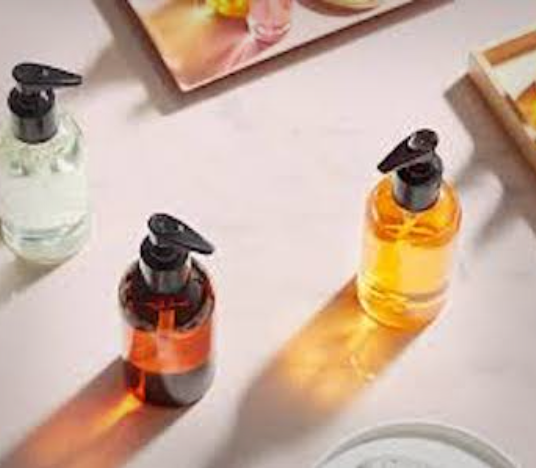Moringa Oil for Scars and Stretchmarks

HEALING STRETCH MARKS and SCARS NATURALLY with MORINGA OIL
Stretch Marks are not harmful, especially after the joy of having a child. But eventually they will become annoying. Scars also fall into a similar category even if they are covered by clothing but they can still a problem,
In this short article I am going to cover – moringa oil for scars, stretch marks and can it remove or reduce them?
If you just want to take a moringa capsule we have a great review of the top 5.
But these little scar-like marks beneath your skin are not dangerous medically and they don’t really need expensive treatments like lasers or microdermabrasion. However they can be embarrassing.
So what can be done to minimize how they look and reduce them.
Well, to start, it helps to learn and understand what the underlying cause is.
What are Stretch Marks
For Stretch marks they are tiny tears in the dermis (a sensitive layer of skin beneath the epidermis), and they are caused when the skin grows faster that its natural elasticity allows – thus it is called stretching or stretch marks. So if you get the chance when you are pregnant use stretch mark erasers like moringa oil and also for any scars you may have.
Now back to how stretch marks form. As these skin fibers snap, levels below the skin surface become visible—first colors like purple or blue. Then the blood vessels become visible. The next step is that they eventually fade to a lighter version of your skin tone as the blood vessels contract and the fat beneath becomes visible and they look like the familiar stretch marks.
How to Prevent Stretch Marks
To treat and prevent the worst case stretch marks essential oil is used to focus on boosting your skin’s elasticity. Stretch mark essential oil and I think moringa is one of the best – also I have used moringa oils for scars is employed. Also drink lots of water as you embark on this stretch mark and scar reduction journey.
I have covered in another post about the benefits of moringa oil and also powder which you can read more here. The advantage is that it is high in antioxidants—particularly vitamins E and C—that support the formation of collagen and elastin in your skin, strengthening the fibers that hold the skin together.

How to treat stretch marks with moringa oil:
Applying organic moringa oil to your stomach, breasts, legs, and buttocks can help prevent the formation of stretch marks. I prefer a gentle massage, what it does is to stimulate and strengthen the skin.
If you are gaining weight – do it in a slow stable manner throughout your pregnancy, and not over your doctor’s recommendation for a woman of your weight and body type. Stretch marks usually appear around the beginning of the third trimester. If your skin begins to feel itchy around the belly, that’s a good sign that you should start doing a moringa oil for scars and stretch marks massage every day.
Cold Pressed, Unrefined Moringa Oleifera Seed Oil. 2 oz Bottle with Treatment Pump.
- Top Grade Single Origin
- Food Grade
- High in Antioxidants
- Certified Organic
| PURITY | QUALITY | INGREDIENTS | PRICE |
|---|---|---|---|
| 100%Fill Counter | 90%Fill Counter | 90%Fill Counter | 90%Fill Counter |
Conclusion
Moringa oil is well known to improve and help the appearance of stretch marks during pregnancy as it helps the skin stretch without damage. It also hydrates the skin and heals minor skin abrasions; minor cuts and scrapes, burns, insect bites, rashes, and skin infections.
